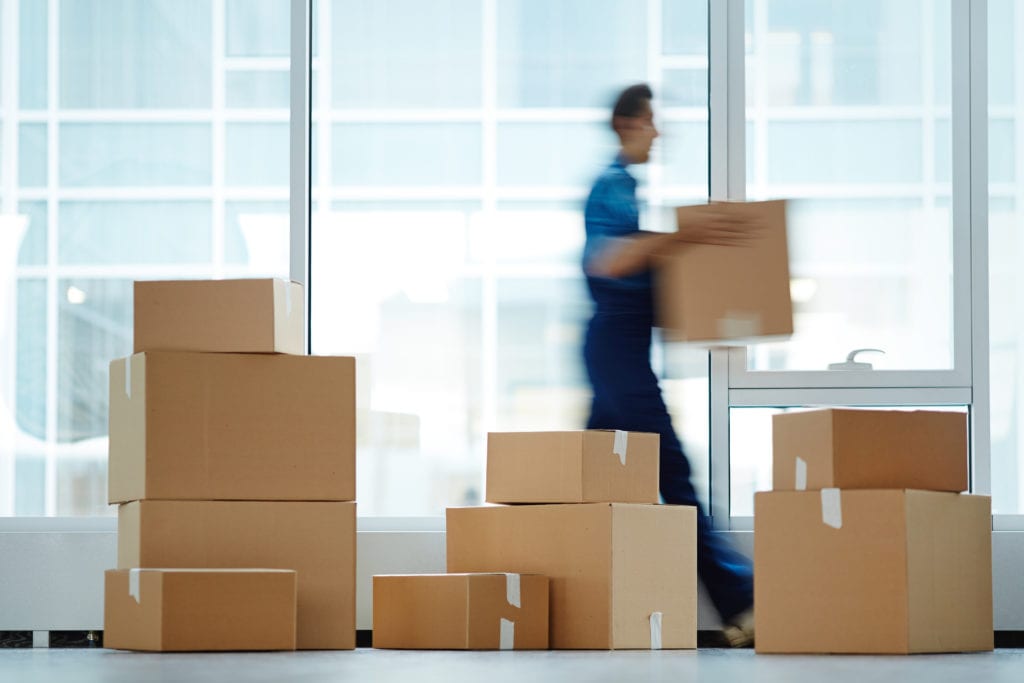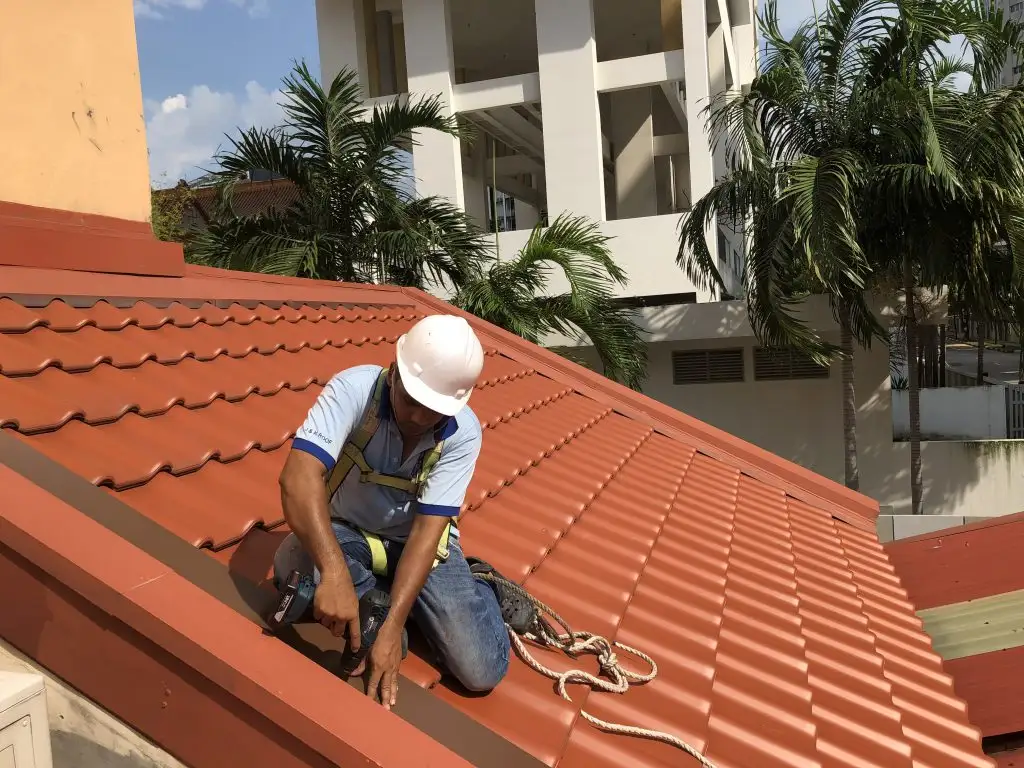How To Pack Your Cables And Equipment Before Moving

In the technological age we live in, every home already has hundreds of meters (if not miles) of cables. Here’s what to keep in mind when preparing an audio-video relocation technique according to office movers Etobicoke. However, it is not accidentally known as ‘fine technique’.
What to consider in the new place
Before moving everything, make sure you have enough free space in the new space. Remember to take into account where there are contacts and how many there are. Also measure the contacts – they must be grounded.
To ensure a long life for the equipment, also consider things like room temperature and humidity. Do not place the plasma TV under the window or surround it with flower pots.
If you have a projector, make sure you have somewhere to mount it. Sometimes it’s worth making a drill hole with the drill bit to make sure that the perfect place for the machine can actually be drilled. Concrete is always on hand to complicate matters!
Disconnecting equipment
Before pulling the cables from the socket, everything must be switched off and the indicator light (diodes) of the equipment should not be lit anywhere. Disconnect any power plugs and adapters as well.
If the equipment is energized and you unplug the cable, sparks will transfer. Small sparks but big enough to risk damage.
Depending on your ownership, you may not remember where all the cables come in and what they are for. Buy price stickers. With them, you can easily mark and label which cable – where it goes.
Be careful when winding cables. Especially if they are older, you run the risk of breaking off at the end just before the connector. Usually, this is the most fragile place in the cable.

If you have analog equipment (old TVs, roller tape recorders and turntables) and cables are 5-10 years old, it might be a good idea to buy new ones directly. Because analogs are an even finer technique, there may be improvements to the signal with new cables.
Packaging
Audio-video equipment is expensive and often just as delicate. Screens, for example, want the most attention. Lining them wrong will risk scratching and even crushing.
The projectors are also very delicate because of the optics in them. Place the projector in a sturdy box, secured by a thick layer of textile or paper, between it and the walls of the box.
Always keep in mind static electricity – avoid using broken Styrofoam pieces. If granules of them get inside the technique, you run the risk of damage.
If you need to pack and store your equipment somewhere, then the most important thing is to have no moisture. No matter how long you keep it that way. Temperature, on the other hand, is not always a factor, but moisture will certainly put you at a cost.
If you have microphones, pack them in sturdy boxes that will protect them from moisture and dust, except from shock and pressure.





